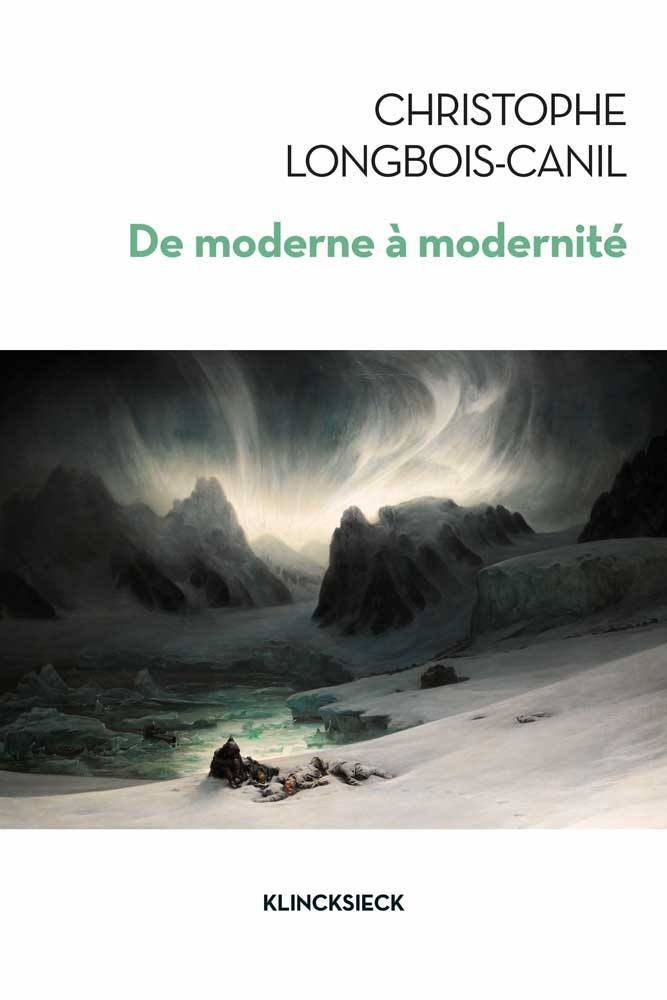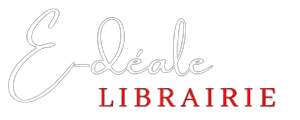This book offers material key to the study and understanding of how the concepts which led to modernity emerged within the critical and artistic discourse from the first half of the 19th century to the end of the Second Empire. In fulfilling this aim, it distinguishes itself from previous works on the subject in that it ventures off the beaten track by not relying on authors (Hegel, Rimbaud, etc.) traditionally cited as a means to "define" what modernity is.
In exploring the adventurous past of “the modern” and “modernity” it also strives to show readers the richness and complexity of 19th-century pictorial research, since the multiple facets of this era's creativity single-handedly contributed to this concept's emergence and gradual formulation.
Thanks to its clear writing style and avoidance of technical and specialised language, this book addresses a broad readership who, while rediscovering painting through 19th-century aesthetic debates, will be able to understand the application of this concept in the very context from which it sprung.
Christophe Longbois-Canil obtained a degree in Art History from Universita Roma III, as well as a PhD in Aesthetics from Université de Paris 8. He is also a visual artist, teacher-lecturer and senior lecturer at Université Paris 8.




